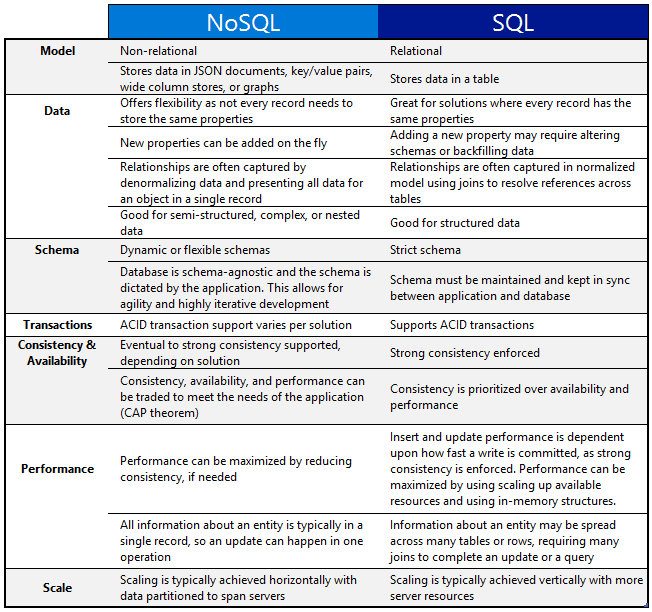

The second letter u matches the letter u exactly.The first underscore character ( _) matches any single character.For example, the following statement returns the customers where the second character is the letter u: SELECT The underscore represents a single character. The following statement retrieves the customers whose last name starts with the letter t and ends with the letter s: SELECTĬode language: SQL (Structured Query Language) ( sql ) The _ (underscore) wildcard example The following example returns the customers whose last name ends with the string er: SELECT The following example finds the customers whose last name starts with the letter z: SELECTĬode language: SQL (Structured Query Language) ( sql ) See the following customers table from the sample database: The % (percent) wildcard examples To negate the result of the LIKE operator, you use the NOT operator as follows: column | expression NOT LIKE pattern Ĭode language: SQL (Structured Query Language) ( sql ) SQL Server LIKE examples The LIKE operator returns TRUE if the column or expression matches the specified pattern. The escape character has no default value and must be evaluated to only one character. The escape character instructs the LIKE operator to treat the wildcard characters as the regular characters. The wildcard characters makes the LIKE operator more flexible than the equal (=) and not equal (!=) string comparison operators. The : any single character not within a list or a range.The : any single character within the specified range.The wildcard: any single character within the specified set.The underscore (_) wildcard: any single character.The percent wildcard (%): any string of zero or more characters.It can include the following valid wildcard characters: The pattern is a sequence of characters to search for in the column or expression. The following illustrates the syntax of the SQL Server LIKE operator: column | expression LIKE pattern Ĭode language: SQL (Structured Query Language) ( sql ) Pattern The LIKE operator is used in the WHERE clause of the SELECT, UPDATE, and DELETE statements to filter rows based on pattern matching.

A pattern may include regular characters and wildcard characters. The SQL Server LIKE is a logical operator that determines if a character string matches a specified pattern.
#Ilike vs like sql how to#
Summary: in this tutorial, you will learn how to use the SQL Server LIKE to check whether a character string matches a specified pattern.


 0 kommentar(er)
0 kommentar(er)
